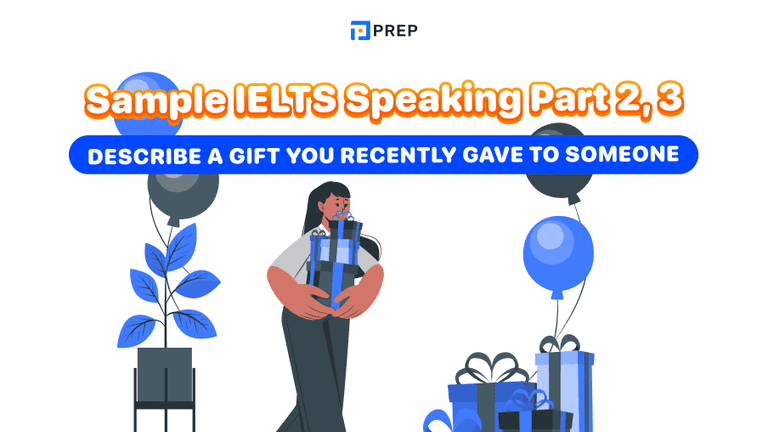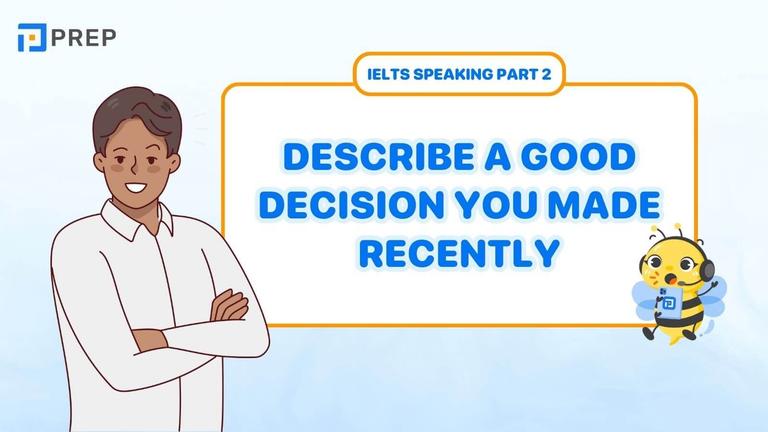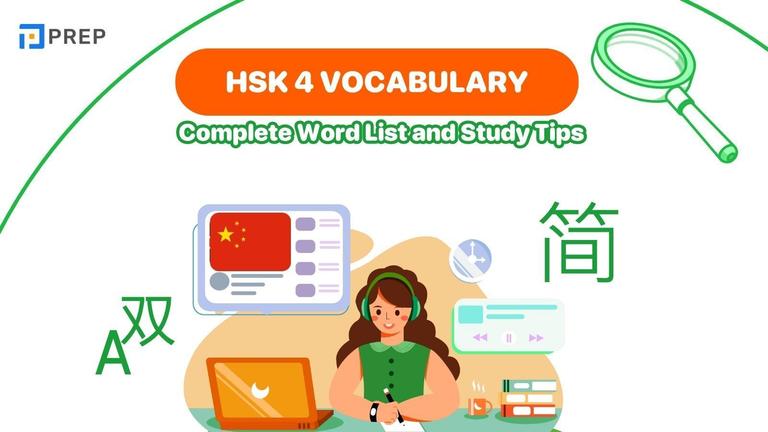Conquer the Matching Information in IELTS Reading with just 4 steps!
The IELTS reading matching information question type appears frequently in IELTS Reading assessments. Students who want high scores need to understand task requirements, question features, and effective strategies. This guide provides 4 basic methods to master IELTS reading matching information tasks. Study the detailed strategies below to improve your performance!
- I. Understanding Information Matching Questions in IELTS Reading
- II. Format of Matching Information in IELTS Reading
- III. Common Challenges Students Face When Tackling Information Matching in IELTS Reading
- IV. 4-Step Strategy to Excel at Information Matching in IELTS Reading
- V. Essential Strategies for Succeeding in Information Matching IELTS Reading Tasks
- VI. IELTS Matching Information FAQs
- VII. Information Matching Practice Resources for IELTS Reading
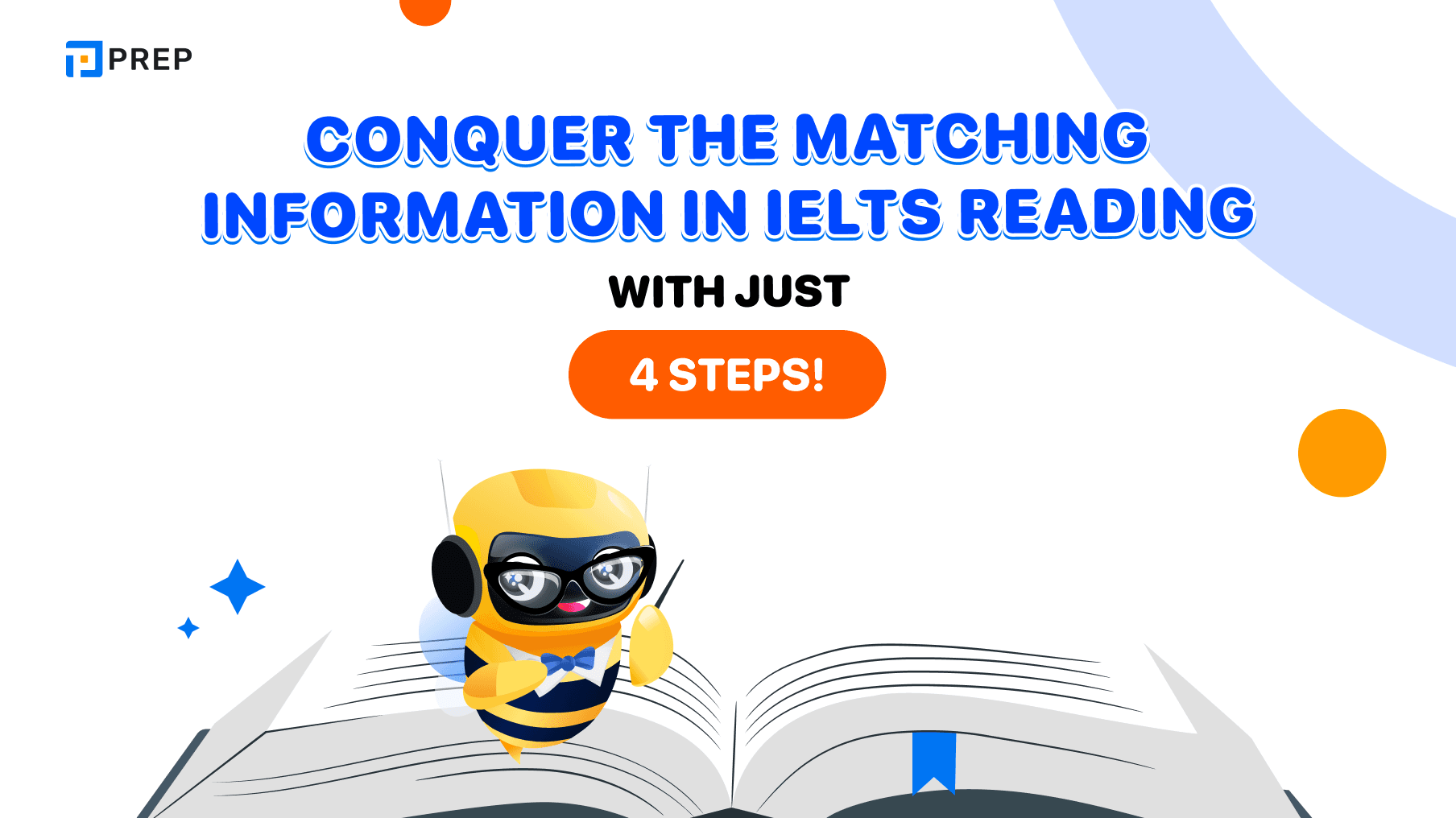
I. Understanding Information Matching Questions in IELTS Reading
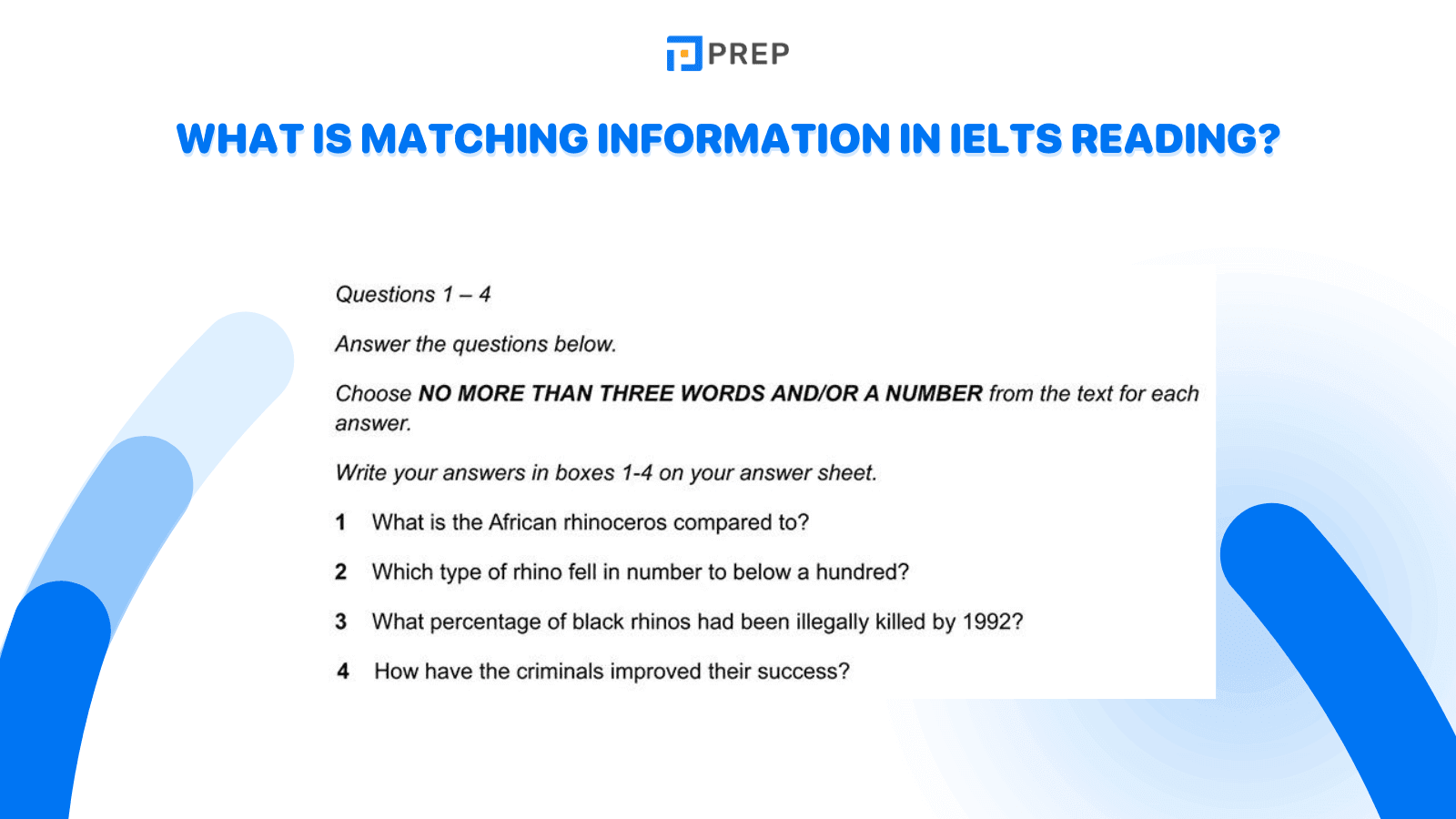
IELTS reading matching information tasks focus on connecting related pieces of data. Test-takers must match given statements (questions) with paragraphs that contain the relevant details from the reading passage. These questions usually present information about causes, descriptions, definitions, features, summaries, or explanations. Paragraphs have letter labels (A, B, C, etc.) for answer selection.
This paragraph-to-information matching format appears often in IELTS exams, especially in Reading sections 2 and 3. Success requires the ability to find EXACT details within the text. Understanding IELTS reading matching information techniques helps students navigate these challenging questions effectively.
II. Format of Matching Information in IELTS Reading
To help test takers understand the format of the IELTS reading matching information task, consider the following examples:
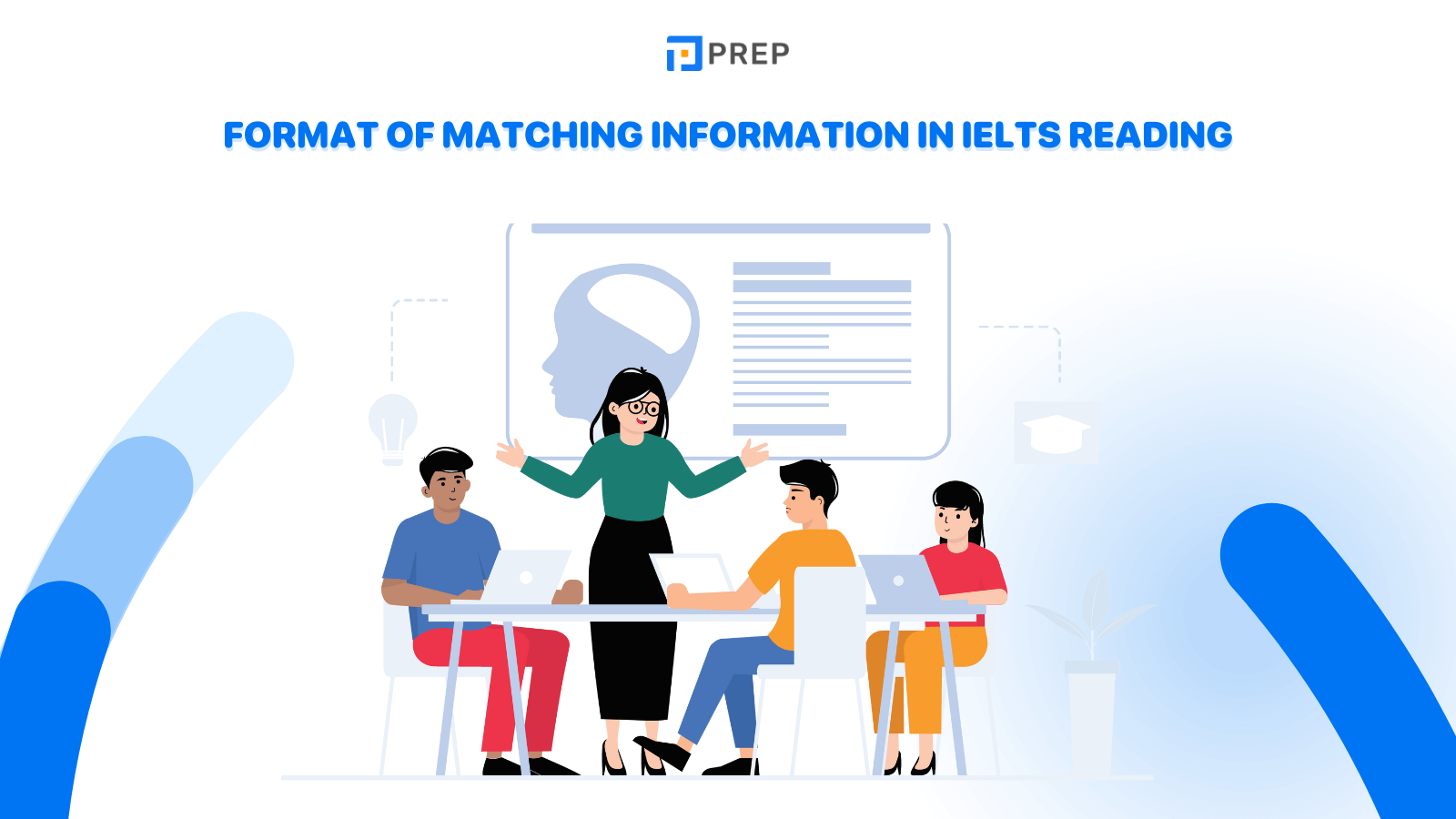
|
Test |
Image |
|
Cambridge 17, Test 1, IELTS Reading Part 2 |
Format of the Matching Information task |
|
Cambridge 17, Test 2, IELTS Reading Part 2 |
Format of the Matching Information task |
III. Common Challenges Students Face When Tackling Information Matching in IELTS Reading
While preparing for IELTS reading matching information questions, students often face several problems. What are these barriers and how can they be solved?

-
The main difficulty involves understanding each paragraph's meaning within the passage. Required information for answers can appear anywhere. Therefore, even after completing previous questions, you still need considerable time to search the entire text for remaining answers.
-
Answer-relevant information might not exist in one or two sentences in a paragraph, but could spread across the complete paragraph. Test-takers sometimes must find very specific details while understanding the passage's overall meaning to identify correct responses. Additionally, not all paragraphs contain answers, yet single paragraphs may provide solutions to multiple questions.
-
This task type presents greater difficulty than Matching Headings questions. While Matching Headings requires identifying paragraph main ideas, IELTS reading matching information demands finding exact details within the text.
IV. 4-Step Strategy to Excel at Information Matching in IELTS Reading
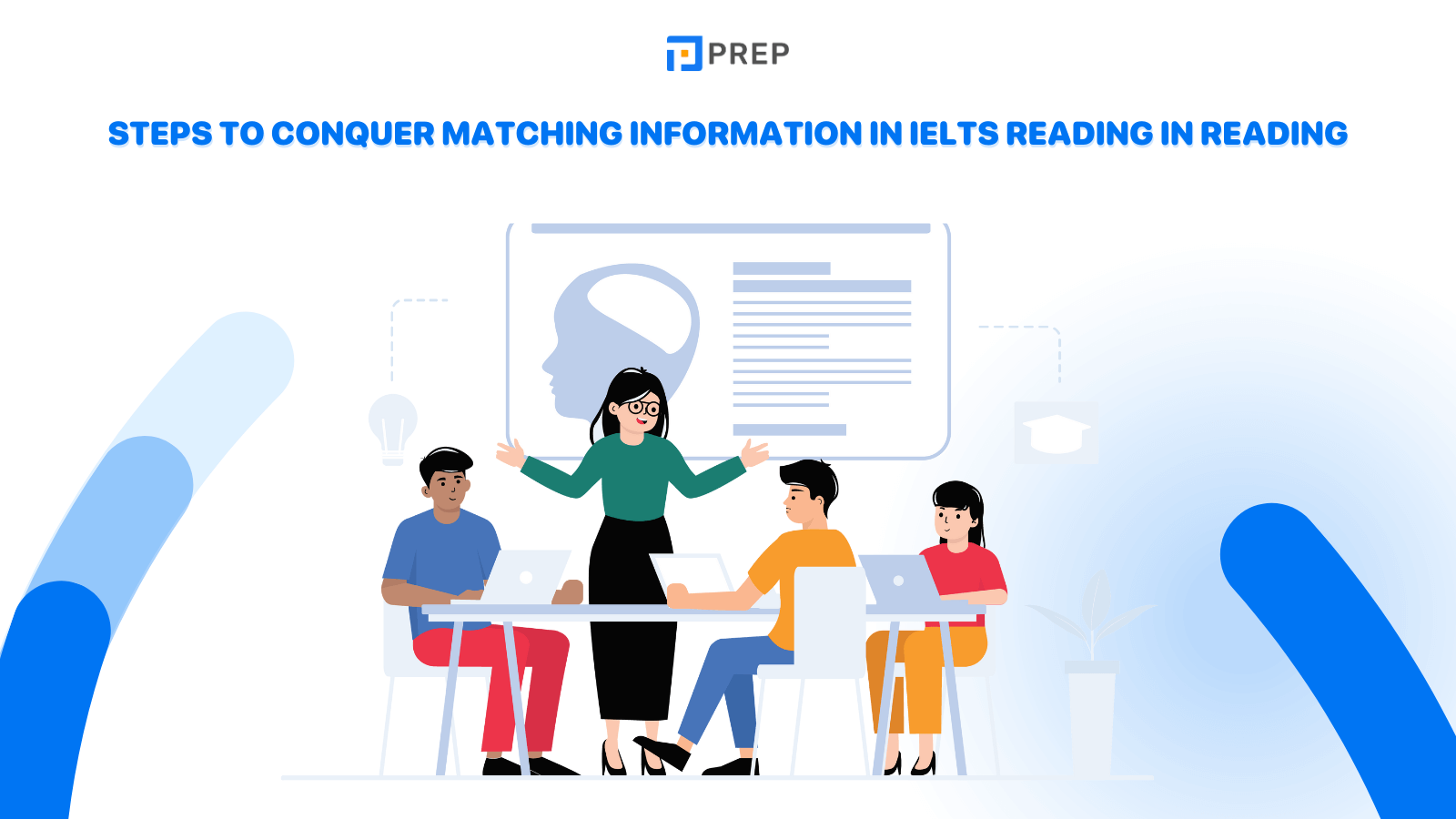
Here are the recommended approaches for tackling IELTS reading matching information tasks, developed by expert instructors. While multiple methods exist for completing these questions, select the approach that works best for you. Practice using these steps:
Step 1: Examine instructions carefully. Test-takers must understand task requirements, particularly noting whether instructions allow using one paragraph for multiple questions. Look for phrases like "NB: you may use any letter more than once." This indicates each question has one answer, but the same paragraphs can answer different questions. Poor attention to instructions may result in time waste and incorrect choices.
Step 2: Carefully read and examine each question. Questions usually contain two parts: the subject matter + the specific aspect being questioned.
-
Clearly mark keywords in the subject matter section. These terms help quickly scan and locate information-containing positions.
-
Regarding the specific aspect part, for instance, when questions ask about intentions, avoid seeking information in descriptive passage sections.
Step 3: Find the subject matter section first.
Step 4: Evaluate: Compare paragraph meanings with keywords from the question's specific aspect part. Select the appropriate answer.
Regular practice with IELTS reading matching information exercises helps students develop these skills effectively.
V. Essential Strategies for Succeeding in Information Matching IELTS Reading Tasks

To achieve excellence and high scores in IELTS reading matching information questions, students should remember these important points:
-
Upon encountering this question type, read through all questions and highlight keywords in each, then proceed to different question formats.
-
Complete sentence completion tasks before attempting matching information IELTS reading exercises.
-
Remember your goal is exactly locating specific details in suitable paragraphs and understanding passage meanings to determine alignment with question requirements.
-
Paragraph numbers usually exceed provided question numbers.
-
Question keywords often differ from passage vocabulary (possibly synonyms or alternative expressions).
-
Some passages may lack answers to any questions. Alternatively, certain paragraphs might contain multiple answers.
-
IELTS reading matching information answers will not follow sequential top-to-bottom distribution. For example, finding question 1's answer in paragraph A does not guarantee question 2's answer appears in paragraph B. It could be in paragraph D or within the same paragraph A.
-
Task instruction information may not represent main ideas; it could involve minor details or additional information. To prevent point loss, thoroughly read passages multiple times to locate appropriate answers.
VI. IELTS Matching Information FAQs
Understanding the differences between different IELTS reading question types prevents confusion and helps you apply appropriate strategies for each format you encounter during your exam preparation and actual test performance.
1. True, False, Not Given vs. Matching Information – What's the Difference?
|
Aspect |
True/False/Not Given |
Matching Information |
|
Task Format |
Statements require verification against passage content |
Statements need matching to specific paragraphs |
|
Answer Options |
Three fixed choices: True, False, Not Given |
Multiple paragraph options: A, B, C, D, etc. |
|
Information Source |
Entire passage serves as reference material |
Individual paragraphs contain specific answers |
|
Evaluation Focus |
Accuracy and presence of statement claims |
Location identification within passage structure |
The IELTS reading matching information task requires you to identify where specific information appears within the passage structure, while True/False/Not Given questions ask you to evaluate whether statements accurately reflect passage content regardless of location.
2. What are Common Traps to Avoid?
Students frequently overthink IELTS reading matching information questions by searching for complex connections when straightforward keyword matching often provides the correct answer. Partial vocabulary matches don't guarantee correct answers because the entire statement meaning must align with the paragraph content, not just individual words or phrases.
3. What Types of Questions Are Frequently Asked?
IELTS reading matching information questions commonly focus on dates, names, locations, and numbers. Date-related questions require you to locate temporal information, while name-based questions challenge you to find references to specific individuals or organizations. Location questions ask you to identify geographical references, and number-focused questions involve statistics or measurements that support claims.
VII. Information Matching Practice Resources for IELTS Reading
Reading stands among the most manageable IELTS exam components. Achieving high overall scores requires correspondingly strong Reading band scores. Therefore, mastering this skill demands consistent practice. Which reliable practice resources can rapidly improve scores and expand knowledge?
Online test practice platforms provide spaces for IELTS reading matching information exercises preparation. These platforms compile tests from respected sources including Cambridge and Road to IELTS, with the significant advantage of offering COMPLETELY FREE practice opportunities.
This guide has delivered comprehensive, detailed 4-step methods for conquering IELTS reading matching information tasks, carefully compiled to support effective independent study. Best wishes for achieving your target IELTS scores!

Hi I'm Chloe, and I am currently serving as an Product Content Administrator at Prep Education. With over five years of experience in independent online IELTS study and exam preparation, I am confident in my ability to support learners in achieving their highest possible scores.
Comment
Premium content
View allPersonalized roadmap
Most read


